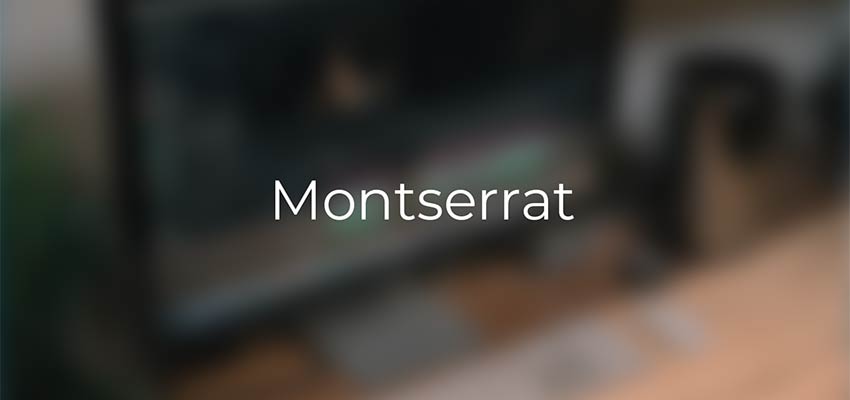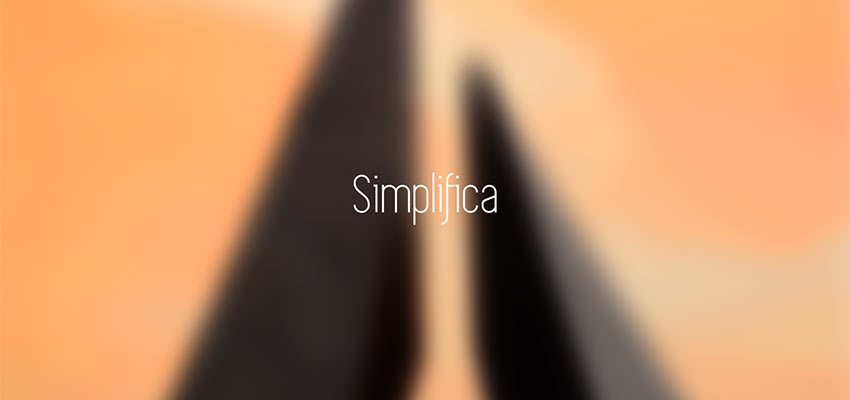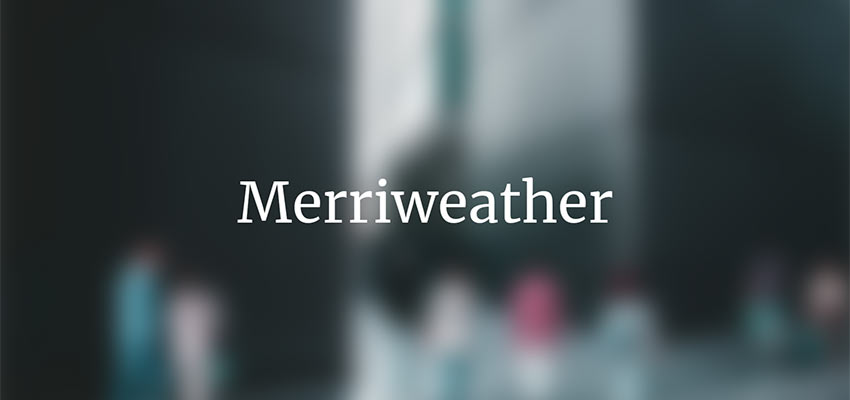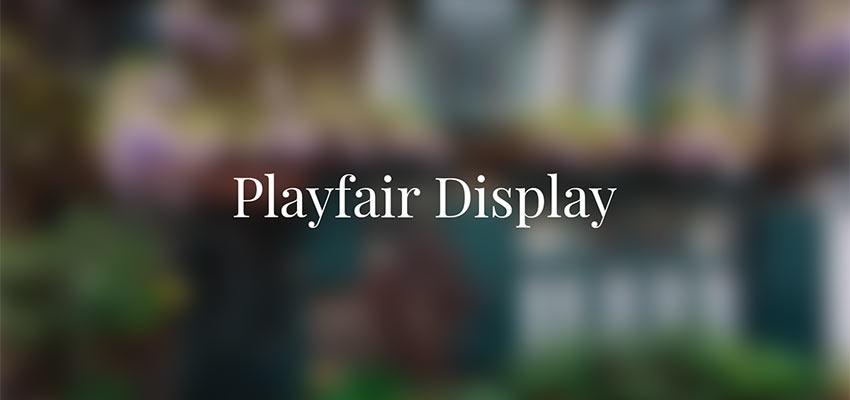
With the WordPress theme directory dominated by business-oriented themes, it’s sometimes tough to find themes that cater to more specific user groups. If you dig deep enough, you’ll find something outside the norm. Bayleaf is a blog theme specifically designed for sharing food and recipes.
The theme is designed and developed by Vedathemes. They currently have three themes in the theme directory, which follow the same clean design trend of Bayleaf.
Food-related themes excite me. In my off-time, I’m often browsing recipe blogs and looking for my next culinary experiment. The problem with many such sites is their designs have too much noise instead of just showcasing the content visitors are looking for. I was pleasantly surprised at the minimalist and open approach in the Bayleaf demo.
Admittedly, I was drawn in by all the yummy food pics.
The theme author has obviously taken a look at the food blogs and built a design that showcases what’s possible without adding complexity. The related posts feature is also a nice extra for site visitors who’ll likely look for related recipes.
Bayleaf combines the Poppins and Montserrat font families to create bold headers that are complimented by readable body copy. The theme comes with options for displaying a sidebar on single posts or pages, but I’d recommend opting out. The design works best without a sidebar, allowing more breathing room for sharing food images.
The theme is slowly building an audience since its release in February. It currently has 1,000+ installs and a five-star rating from six reviews in the theme directory.
Create a Unique Look with the Display Posts Widget

Bayleaf’s most prominent custom feature is its Display Posts widget. By placing this widget in the Homepage Above Content or Homepage Below Content sidebar, users have a ton of variety with how their site looks. No two homepages need look alike.
The widget comes with six list, grid, and slider styles to choose from. It supports custom post types and taxonomies, so users can use it for content such as events, products, or anything else they want to showcase.
My first thought when viewing the demo was, Not another complicated slider with a hard-to-configure customizer experience. While I’m not usually a fan of sliders, configuring this one was easy. Plus, the grid and list styles offered alternative options.
A lot of themes overdo features like this, offering a clunky experience within the customizer. However, Bayleaf keeps it simple by packaging the feature as a widget with just enough variety to cover most use cases.
My one complaint with the Display Posts widget is that it was hard to find at first. At this point, it should be standard practice to prefix custom widgets with the theme name. “Bayleaf: Display Posts” would’ve been far easier to pick from the widget lineup.
Handling Block Editor Support

I tested Bayleaf against the latest public release of the Gutenberg plugin. The theme is not without a few problems, which is par for the course with most themes supporting the block editor. The Gutenberg plugin’s development is fast-paced, and it’s tough for theme authors to keep up. Something that works one week could break the next.
The theme takes a minimalist approach with regards to the editor, allowing the default editor styles to handle much of the layout. With the break-neck pace of change, this can sometimes be a better approach than attempting to manage every style.
There are areas where Bayleaf could be more opinionated. For example, the alignment and typography for the post title aren’t a one-to-one match between the editor and front end. The content width is wider on the front end than the editor, which means the number of characters per line doesn’t match. There are several minor items where the block editor overrules theme styles.
The theme doesn’t offer a 100% WYSIWYG experience, but it’s close enough at this stage and doesn’t break anything. Most issues are trivial and will simply take some adjustment time, assuming Gutenberg development settles a bit.
How Does the Code Stand Up?
Bayleaf isn’t pushing any boundaries, but it’s solid in comparison to the average theme. It’s based on the Underscores starter, which serves as the de facto standard for many themes in the official directory.
The theme doesn’t have a ton of custom code, so there are few places it could go wrong.
Like all themes in the official directory, it undergoes a rigorous review process. It’s Trac history doesn’t show anything worrisome. Vedathemes seems to have a good grasp of building themes that meet the official theme review standards.
The Final Verdict
You won’t find a boatload of options in Bayleaf. What you will find is a clean design that gets out of the way but with enough features to have fun tinkering around on your blog for a couple of hours. The Display Posts widget can get you pretty far with little work.
If you’re looking for a change to your food or recipe blog, you can’t go wrong giving this theme a run.
The theme could also be used for other types of sites. There are no specific features that limit its use to only food blogging.













